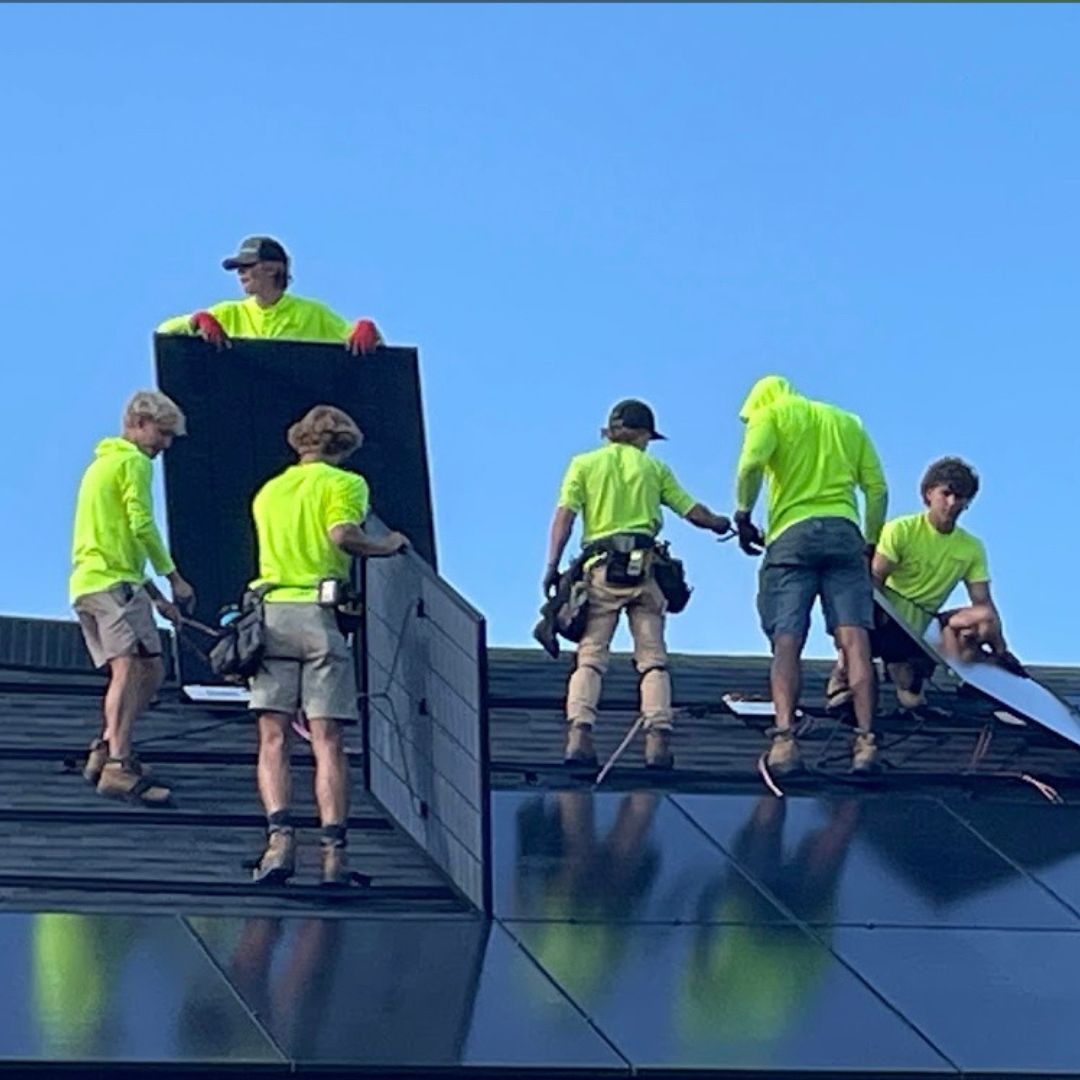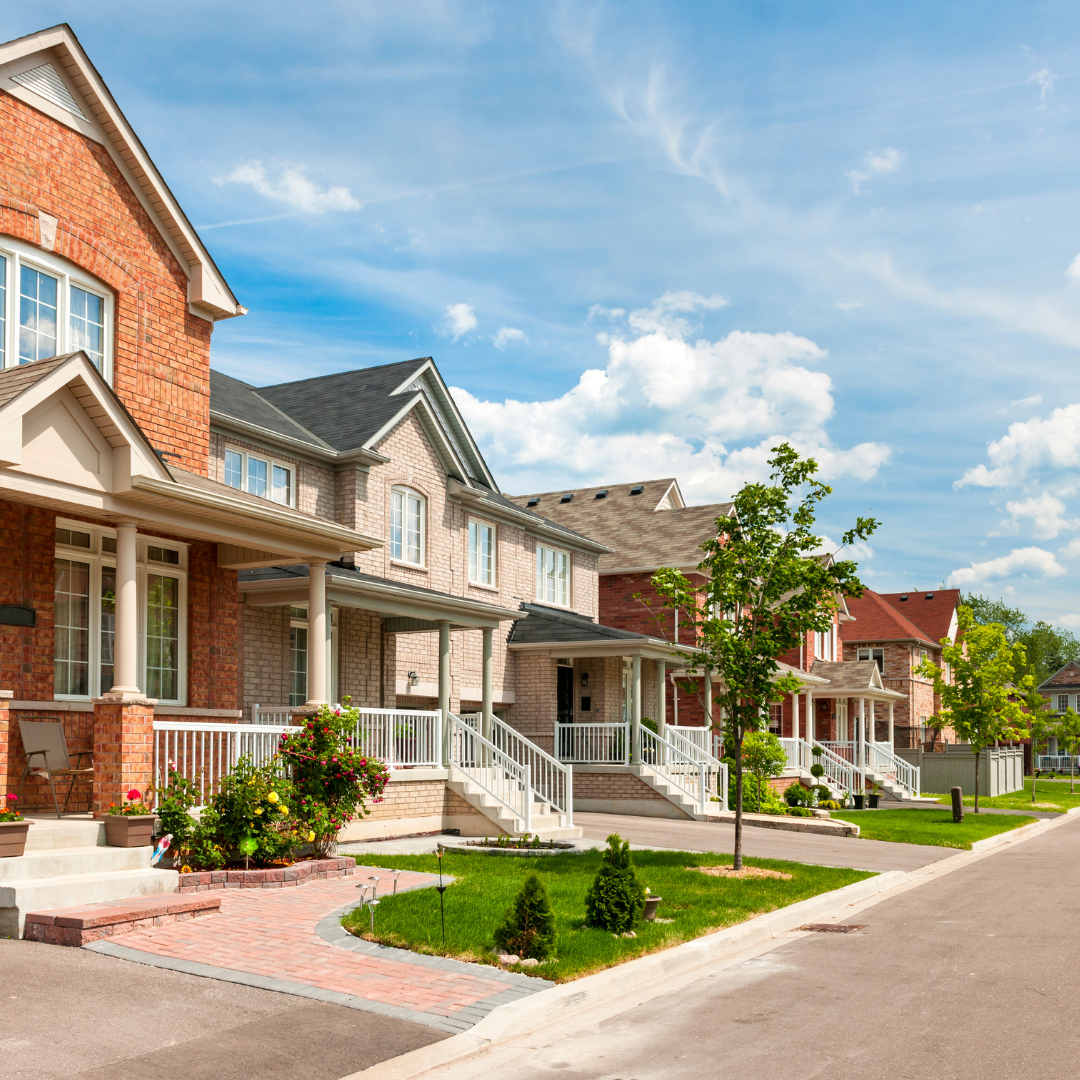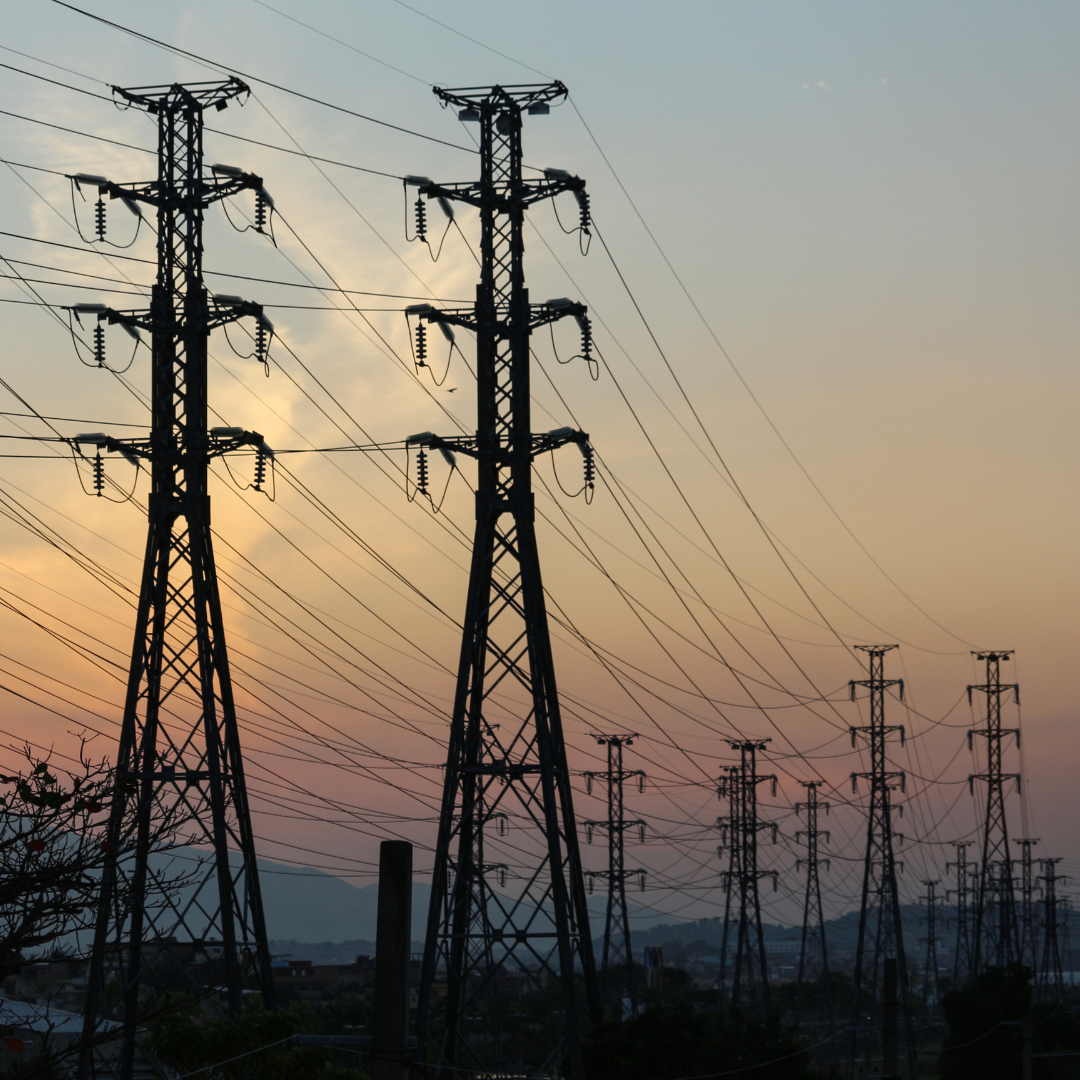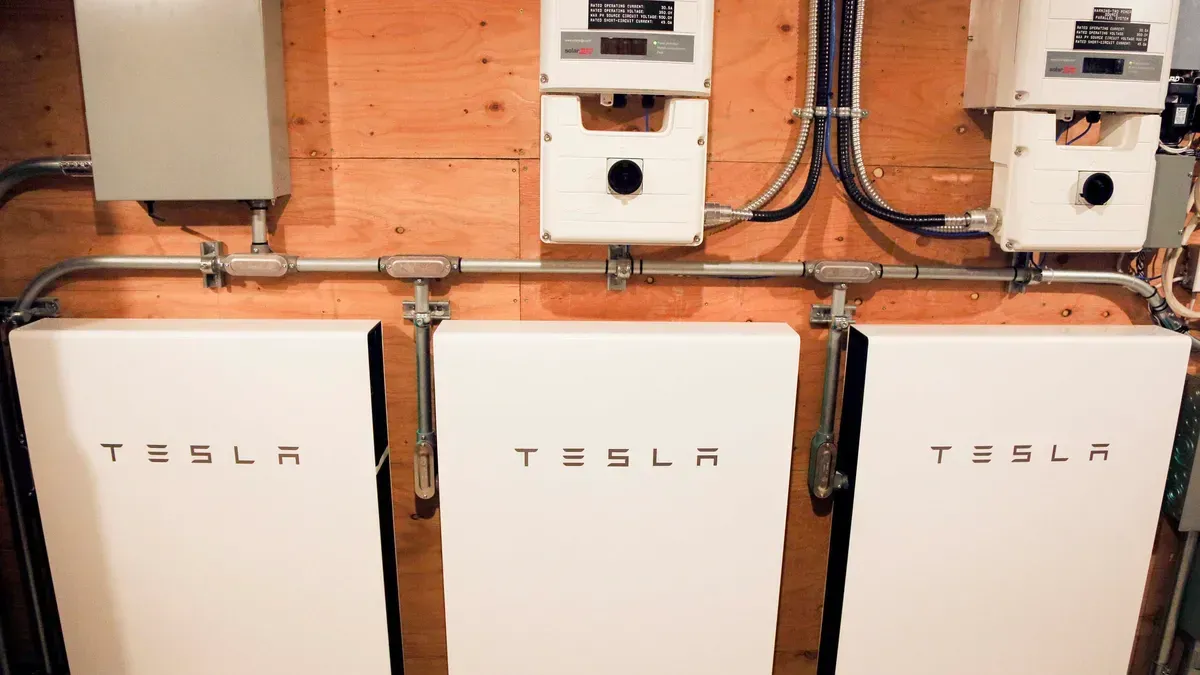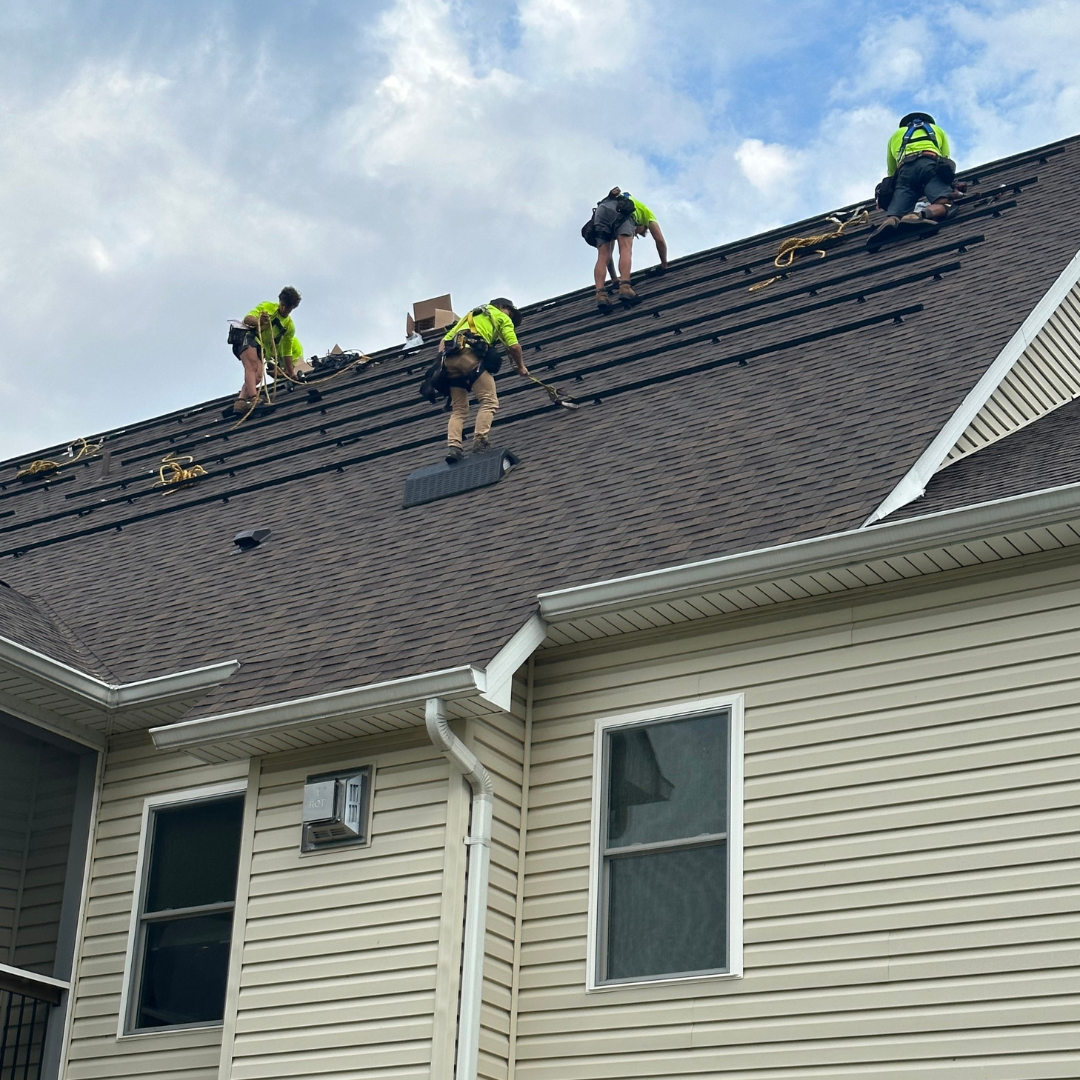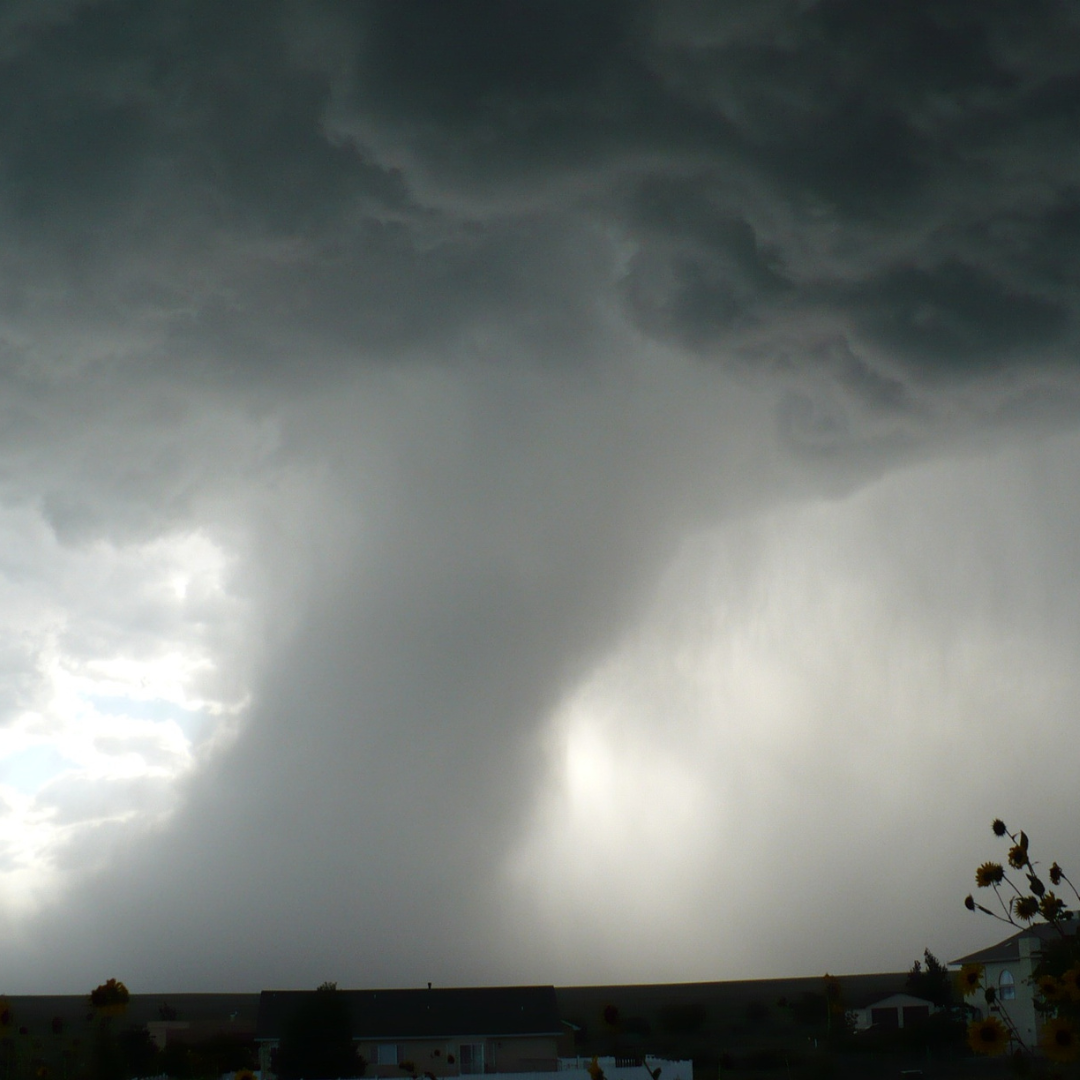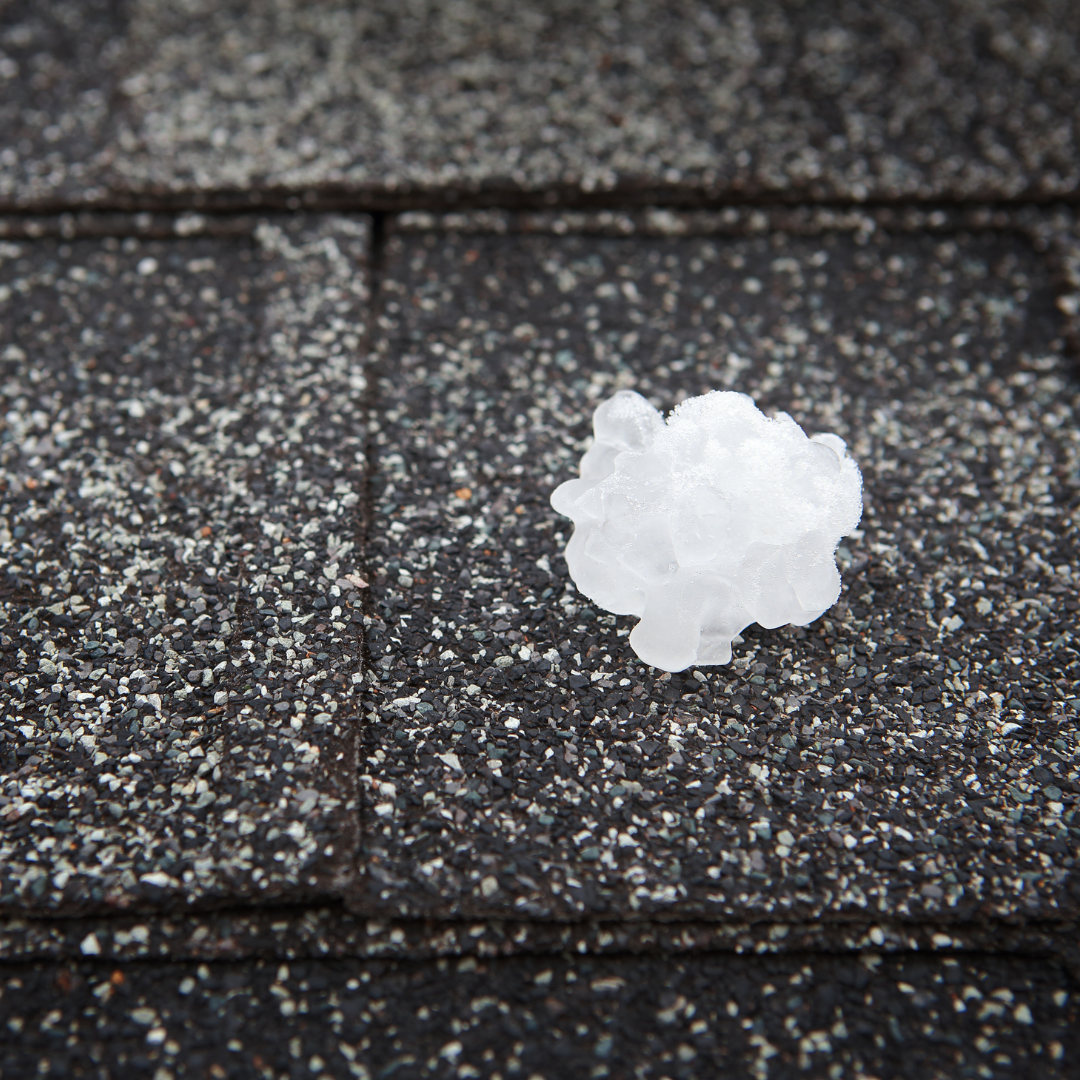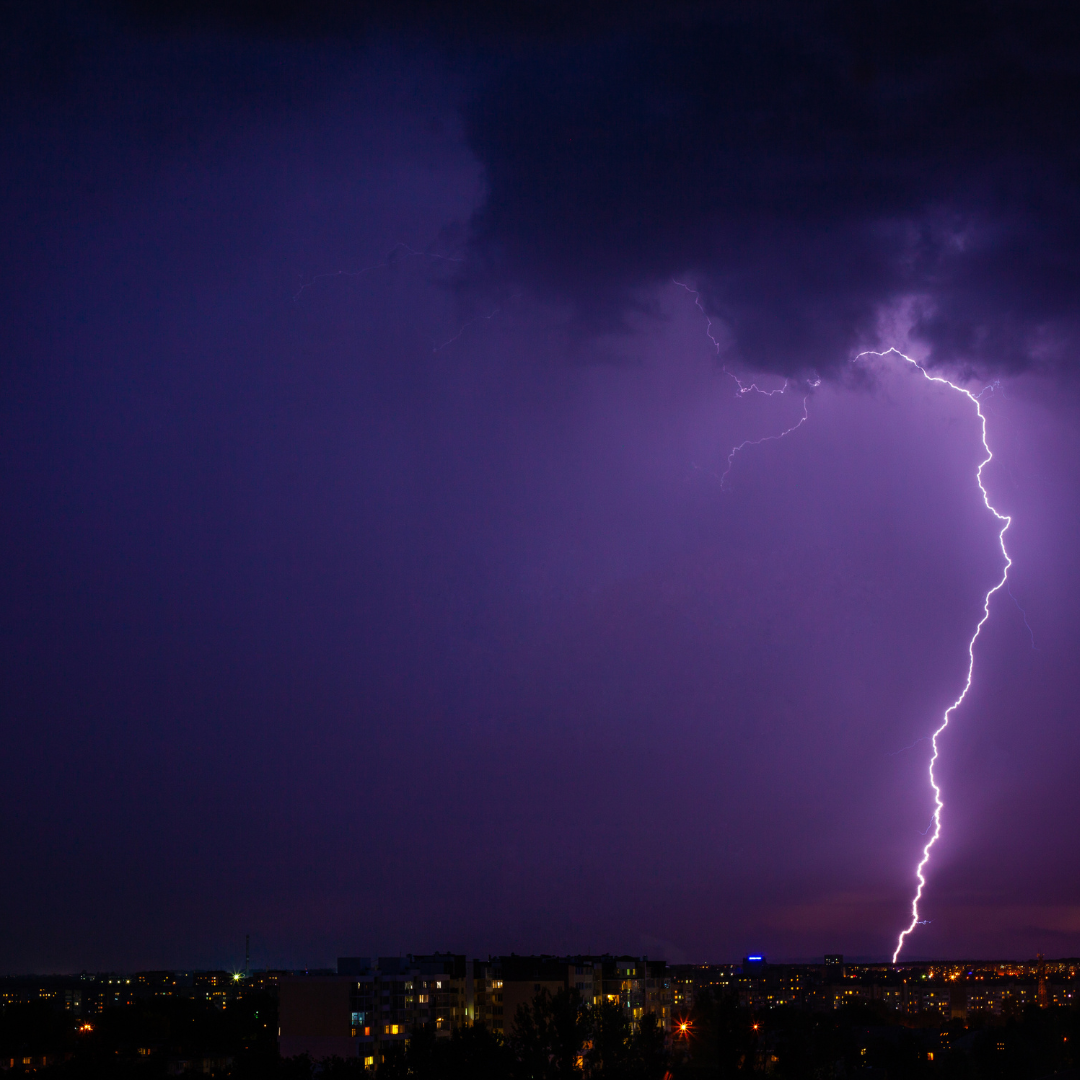A Comprehensive Guide to Residential Solar Panel Installation
Solar power continues to revolutionize the energy landscape, offering homeowners a sustainable and cost-effective way to generate electricity. However, if you’ve ever wondered precisely how it works and the potential it has for you, this detailed guide created by Sunsent Solar goes into all the ins and outs of residential solar panel installation, highlighting key components, system types, efficiency, battery options, financing, and more.
Solar Energy Basics
Before diving too deeply into some of the benefits of solar panel systems, it’s important to understand precisely how solar energy works. It’s harnessed from sunlight through photovoltaic (PV) panels, which convert sunlight into electricity using innovative photovoltaic technology. Residential solar power systems consist of solar panels, inverters, racking, batteries (optional), and monitoring equipment, all tailored to meet homeowners' unique energy needs.
Off-Grid Solar vs. Grid-Tie Systems
Off-grid systems are equipped with batteries for energy storage and provide independent power generation, ideal for remote properties without access to the grid. In fact, with some of today’s leading off-grid systems, you can reduce reliance on your local energy grid entirely.
On the other hand, grid-tie systems connect to the utility grid, allowing homeowners to sell excess electricity back to the grid and reduce utility bills through net metering. There are also hybrid systems that combine both for maximum flexibility and resilience.
Solar Panel Components
Solar panels, primarily made of silicon cells, capture sunlight and generate DC (direct current) electricity. Inverters convert DC electricity into AC (alternating current) for use in homes. The racking systems solar panels are mounted on provide structural support for the panels, ensuring that they’re installed perfectly. Additional monitoring equipment also enables homeowners to track their system’s performance and identify any potential issues before they grow out of control.
Solar Panel Efficiency & Net Metering
Solar panel efficiency is measured as a percentage and indicates how effectively panels convert sunlight into electricity. It nearly goes without saying that higher-efficiency panels optimize energy production, especially in limited space/light scenarios. Net metering takes your solar energy solutions one step further, enabling grid-tie systems to store excess power in their local power grid and earn credits to offset future electricity bills.
Unlocking optimal solar panel efficiency requires a meticulous balance of technological advancements and precise installation to make certain every photon of sunlight is harnessed effectively. That’s why working with professionals is often so beneficial. Net metering provides a strategic advantage by seamlessly integrating your solar panel system into your existing power grid, promoting sustainability while optimizing cost savings.
Solar Panel Lifespan & Installation Considerations
Most of today’s leading solar panel systems come with extensive parts and labor warranties that are backed by manufacturers and installation companies for years down the road. In many cases, reliable solar providers will have at least a 25-year warranty, if not more. Also, solar panel systems require minimal maintenance, but such maintenance can extend the lifespan of your system well beyond the minimal warranty period.
Although solar panels do boast a significantly longer lifespan than any other traditional energy systems on the market, it’s important to remember that a variety of factors like size, location, roof area, climate, and more will affect the lifespan of your solar system. Solar panels also offer the added benefit of reducing carbon emissions, contributing to a cleaner environment for future generations.
It’s highly likely that as technology advances, you can expect even more efficiency and durability from solar energy systems, making them a wise long-term, sustainable investment.
System Maintenance & Battery Storage
As mentioned earlier, maintenance for solar panel systems is minimal. However, to catch any issues with components before they grow out of control and keep your system functioning at peak performance levels, it will require occasional maintenance and inspection. This is especially important to be sure you’re solar panel system is prepared for any longer, unexpected periods of low sunlight or grid power outages.
Batteries are an integral component of your solar system and it’s essential to equip yours with the right one. There are many different types of solar batteries available depending on your needs including lithium-ion and sealed and flooded lead acid batteries.
Solar Financing: Incentives & Return on Investment (ROI)
With the wider adoption of solar energy since its inception, there have been a variety of different financing options and incentives to make switching to solar easier on your budget. Not only are there federal tax credits and state incentives but also personal loans, local power purchase agreements, and solar leases to offset installation costs. Between the energy savings and the incentives, homeowners and businesses alike will see a relatively quick return on their solar investment.
Additionally, for those in Illinois and Missouri, the team from Sunsent Solar offers financing options as well as solar tax credits to make the installation process painless and affordable.
Why Choose Sunsent Solar?
Investing in solar power has never been easier thanks to Sunsent Solar’s innovative solutions When you place your trust in us, we’ll:
· Evaluate Your Energy Needs: Sunset Solar does what it takes to understand your electricity consumption and determine the ideal size for your solar energy system and certify it’s fit to meet your requirements.
· Assess Your Solar Suitability: Our experts analyze your roof orientation and shading to ensure the optimal solar panel placement to maximize your solar energy potential.
· Give You a Personalized Quote: After thoroughly assessing your solar needs and property, we provide a detailed quote that accurately reflects the necessary installation price based on your specific needs.
· Schedule a Convenient Installation Time: Upon deciding to go solar, we’ll work with you to schedule a flexible installation time. The whole process will usually only take 1-2 days.
Contact us today for residential solar panel installation and more!
Residential solar panel installation offers homeowners a sustainable and lasting energy solution with long-term economic and environmental benefits and Sunsent Solar remains committed to providing top-quality solar solutions and supporting communities in their transition toward clean energy.
At Sunsent Solar, our mission is to promote sustainable living and renewable energy adoption. For a greener, more sustainable future, contact us online today for a quote.
